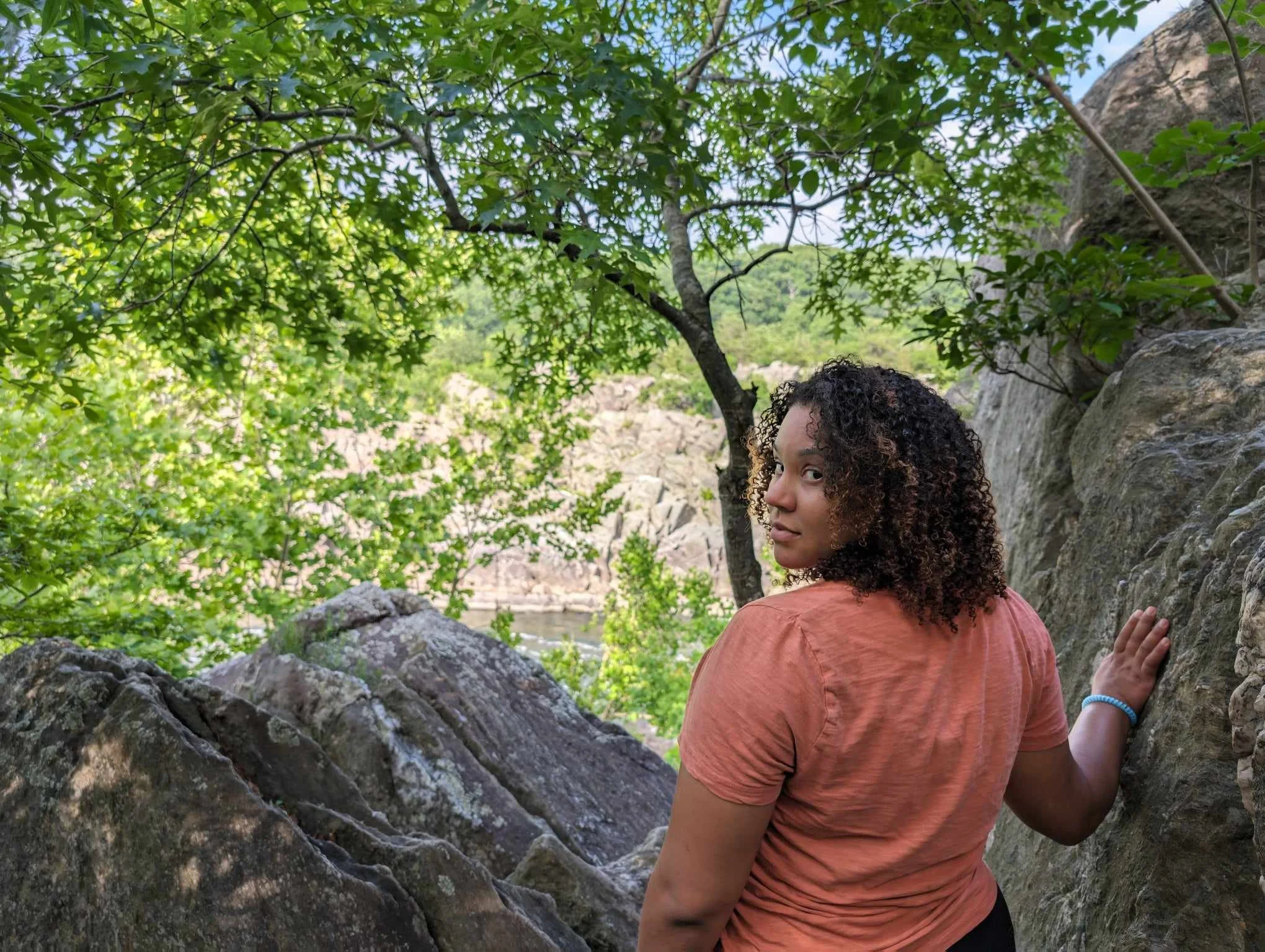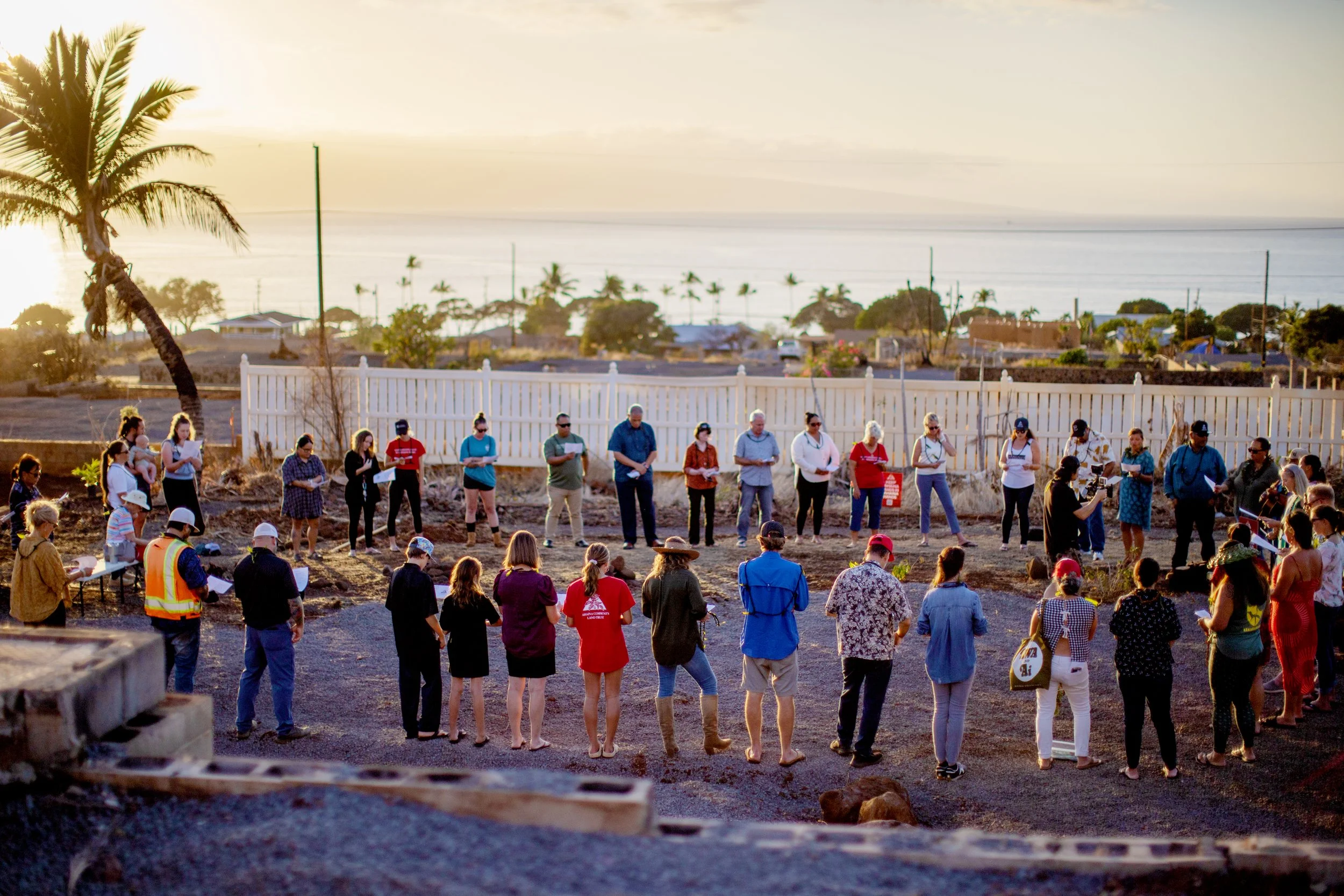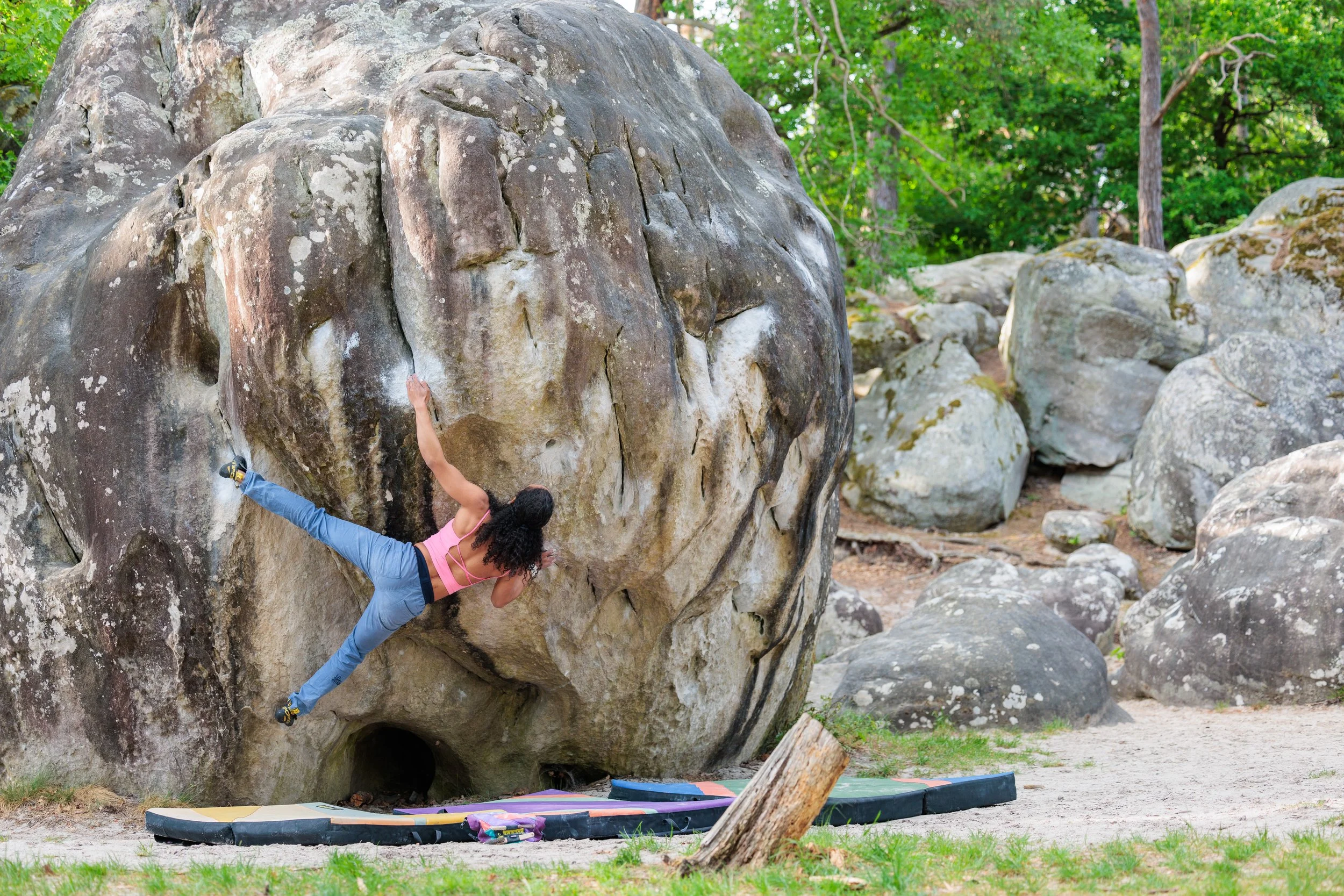This Afro-Latinx Photographer Is Teaming Up with the National Park Service
Tsalani Lassiter is a black Peruvian photographer who has been capturing bears and other large animals on film for the past eight years. Part of the appeal is the challenge of combining wildlife & landscape photography. It’s not enough to simply take a photo of an animal; his goal is to also convey the “beauty and the harshness of different landscapes.”
Tsalani grew up in the Bay Area. His mother, a dance instructor originally from Peru, raised him to have an appreciation for the outdoors. “She really wanted me to have a connection with nature,” said Tsalani. When he was younger that included summer camp in Mendocino and yearly trips to Yosemite. As a child, he also fell in love with National Geographic and Discovery channel shows. That changed when he was introduced to tennis. The first year he played competitively, Tsalani didn’t win a single match. He finished the next year nationally ranked for his age group.
Tennis took over his life completely. He practiced for 6 hours a day, 7 days a week, starting from when he was 12 years old. It wasn’t easy; he also experienced a lot of racism as an Afro Latinx kid from a working class family. After graduating high school, he left tennis behind and moved on to the tech industry and app development.
“When I got into the tech industry, I was looking for something to do,” said Tsalani. “I finally had money and time and I could get things I wanted but that my parents could not afford. I got the camera and I got the dog that I wanted my entire life.” The dog was an Alaskan malamute. The camera was a Nikon D7000. A flexible work schedule enabled him to make weekend trips up to the Sierra Nevada - a mountain range that runs 400 miles north-to-south through California. It’s home to three national parks and is rich with indigenous history and wildlife.
At first, he took his dog up into the mountains and practiced taking photos of her. Then in 2012, Tsalani photographed a bear for the first time. It wasn’t a chance encounter. He did his research beforehand and determined that an annual spawning of salmon at Lake Tahoe would be a good location to spot a black bear. Then he asked a few friends to join him.
They hiked along a creek, keeping a sharp eye out for bears—but they saw nothing, at first. Then the friends reached a point in the terrain where they had to hike down into a small ravine in order to proceed. That’s when they saw a bear advancing towards them up the middle of the creek. “We were like, oh crap, what do we do now?” said Tsalani. The walls of the ravine were around 10 ft high. Their best option was to retrace their steps, so they did.
They backtracked to where they had climbed down into the ravine. During that time they saw a total of eight or nine bears. The experience was incredibly intense for the first time wildlife photographer, even though they were never closer than 200 ft to any of the preoccupied animals. Tsalani left with hundreds of photos and a passion for wildlife photography.
Photo courtesy of Tsalani Lassiter
He returned to Lake Tahoe for two more years to photograph bears during the annual salmon spawning and traveled to the Grand Tetons to shoot grizzly bears. The next phase in Tsalani’s progression from amateur to professional photographer was to upgrade his vehicle. His Jeep was reliable; faithfully transporting him to and from remote locations, but it had its limitations. He couldn’t stand up inside of it and it lacked a stove or heat or much protection against the elements.
After five or six years, Tsalani and his wife bought their first Sprinter van. At first their intention wasn’t to live in it for more than 2-3 days at a time, but, skyrocketing Bay Area rent changed their plans and the van became home. As Tsalani recalls, “It was 2016 and we were paying $4,000 a month for rent in the Bay Area. My wife was like, we can save a lot of money by living in this van.” So they did.
“If it was cold we could go somewhere warm,” he added. ”If we saw a good snowstorm, we’d go up to the mountains to let the dog play. But I couldn’t stand up.” One day, they went to the dealership to trade their old vehicle for a 2017 Sprinter 4x4 High Roof. They managed to negotiate access to both vans in order to transfer their belongings. Afterwards, Tsalani and a friend stayed at Motel 6 and built out the van in a Lowe’s parking lot. They added a bed, seating area, solar and diesel heater. They set it up so that Tsalani could shoot from the van if needed by lying down on the floor with his tripod set up on the ground or on the step.
These days, Tsalani plans six or eight trips a year to shoot wildlife. He travels to Yellowstone, the Grand Tetons, Lake Tahoe and the Smoky Mountains to shoot bears. His process is very methodical. “I’ll figure out the animal movements and where they’ll be,” said Tsalani. “Then I’ll set up and I’ll wait.” Rain or shine or snow—it doesn’t matter. His days start early, in the cold and darkness long before sunrise, and end late in the evening. “Animals are most active at dawn or dusk so I shoot as long as I have light,” he explained. “Some trips I get the shot on the first day. Some trips I’m there for two weeks and don’t get the shot I want.”
Getting the shot goes beyond taking a photo of a particular animal. “Are you trying to get a desert shot, a winter shot or a middle season shot?” said Tsalani. “Elk and moose both have nice big racks on their heads in the Fall during the rut. Sometimes you want to push the limit and get the big racks and the leaves on the trees but with that first snow.”
He plans his trips well in advance. “Sometimes I’ll think of an animal I want to shoot and I’ll plan it at least a year out,” said Tsalani. Bears are his favorite animal to photograph but he also enjoys shooting elk, moose and even bats.
Recently, he partnered with the Lyda Hill Foundation and National Geographic fellow, Dr. Rae Wynn Grant for a photography project. He photographed the African American large carnivore ecologist while she studied bear dens in Lake Tahoe and handled bear cubs at Savage River State Forest, Maryland for a PBS Live special. The opportunity arose after Dr. Wynn Grant heard of his work and contacted him online.
Other opportunities to shoot wildlife have been even more serendipitous. After assisting a photographer with her camera one day, Tsalani found himself speaking to the National Park Service Head Biologist. That led to an opportunity to photograph bears, elk, and bats in Smoky Mountain National Park.
While the COVID-19 pandemic has curtailed his current plans, Tsalani is excited about resuming travel once he can safely do so. Until then, he’ll be planning his next trip!












I also know that hunger disproportionately impacts Black Americans who make up nearly 30% of SNAP recipients. So why would I celebrate cuts to a program that is a lifeline for so many people?